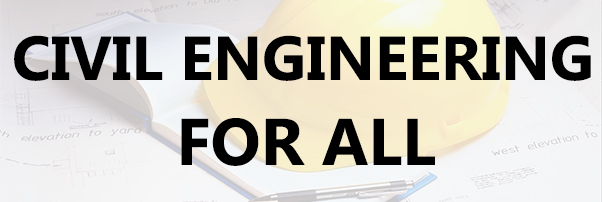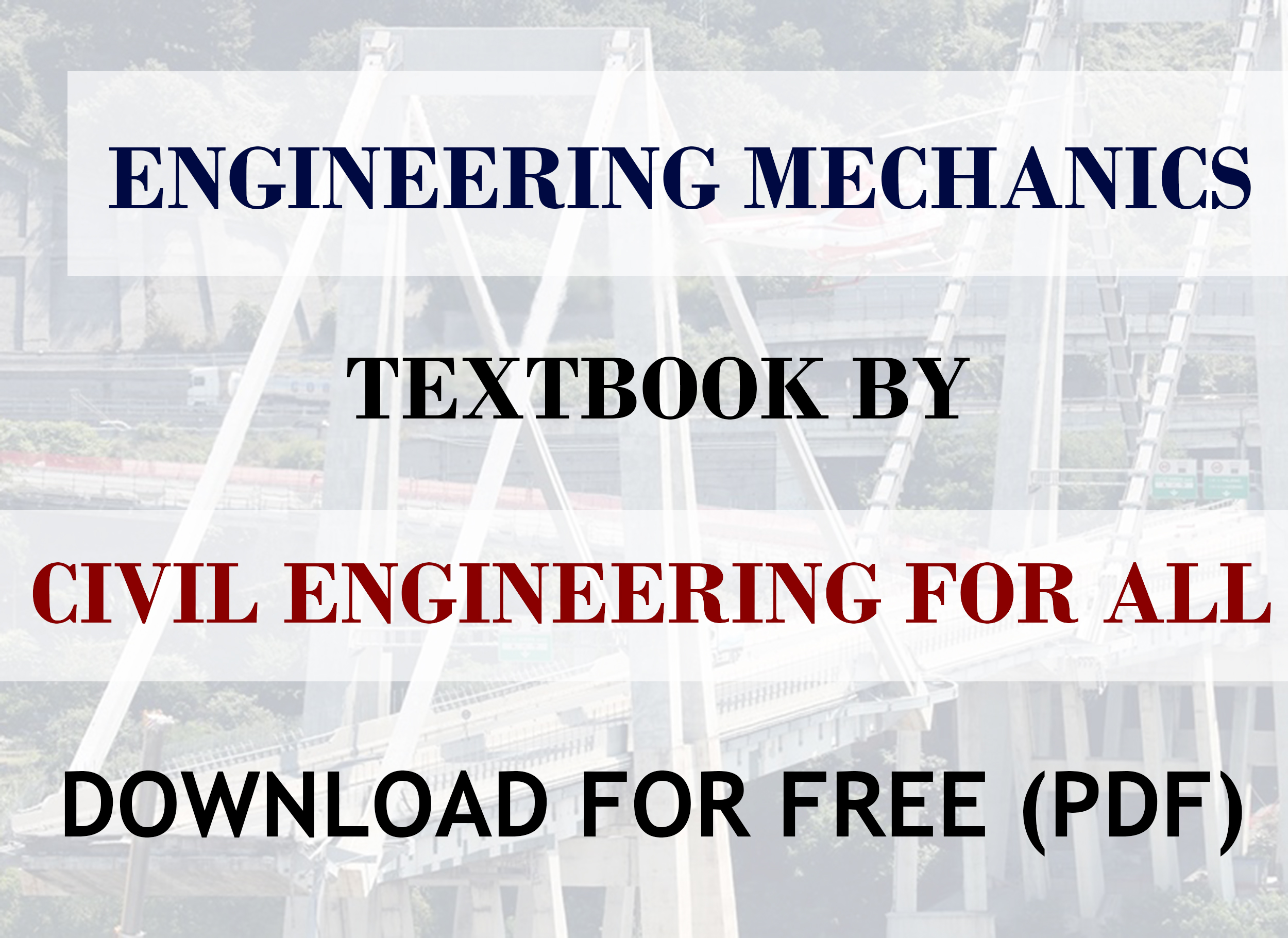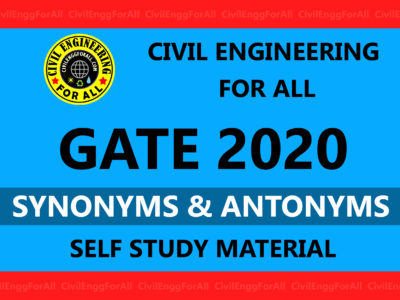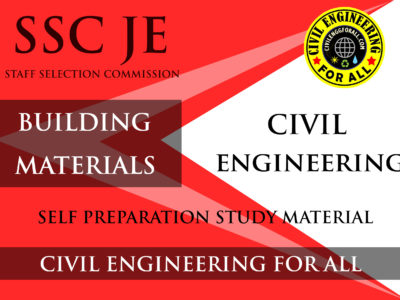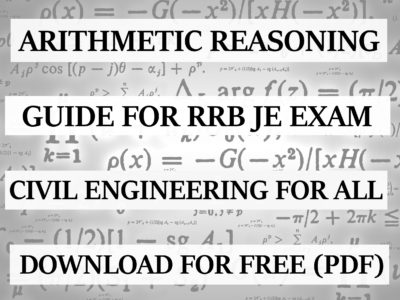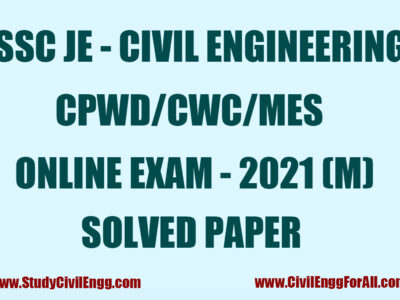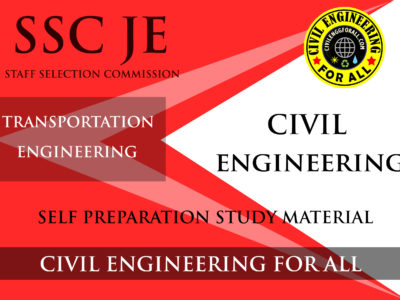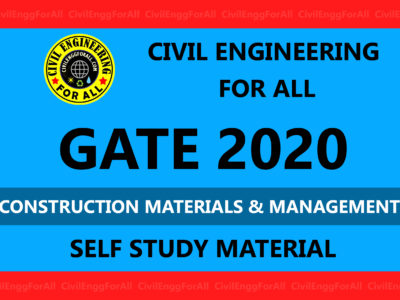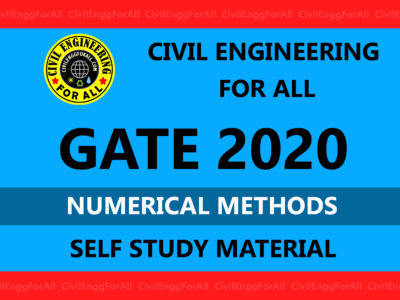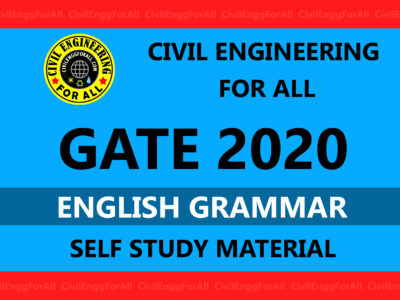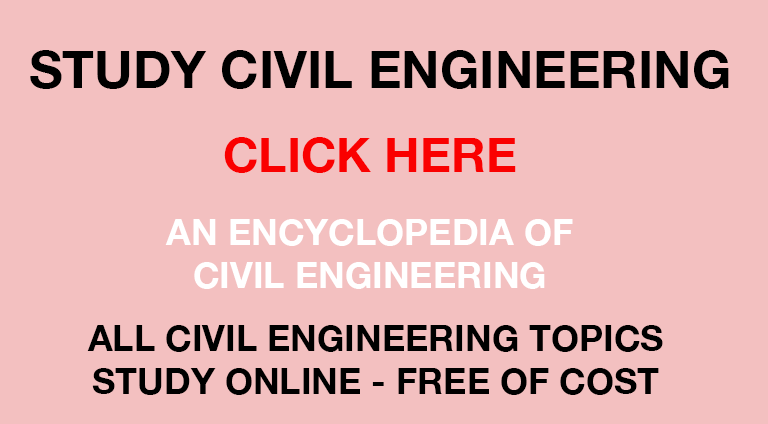
TOPICS COVERED
- Introduction to Engineering Mechanics
- Composition and Resolution of Forces
- Moments and their Applications
- Parallel Forces and Couples
- Equilibrium of Forces
- Centre of Gravity
- Moment of Inertia
- Principles of Friction
- Applications of Friction
- Principles of Lifting Machines
- Simple Lifting Machines
- Support Reactions
- Analysis of Perfect Frames (Analytical Method)
- Analysis of Perfect Frames (Graphical Method)
- Equilibrium of Strings
- Virtual Work
- Linear Motion
- Motion under Variable Acceleration
- Relative Velocity
- Projectiles
- Motion of Rotation
- Combined Motion of Rotation and Translation
- Simple Harmonic Motion
- Laws of Motion
- Motion of Connected Bodies
- Helical Springs and Pendulums
- Collision of Elastic Bodies
- Motion along a Circular Path
- Balancing of Rotating Masses
- Work, Power and Energy
- Kinetics of the Motion of Rotation
- Motion of Vehicles
- Transmission of Power by Belts and Ropes
- Transmission of Power by Gear Trains
- Hydrostatics
- Equilibrium of Floating Bodies
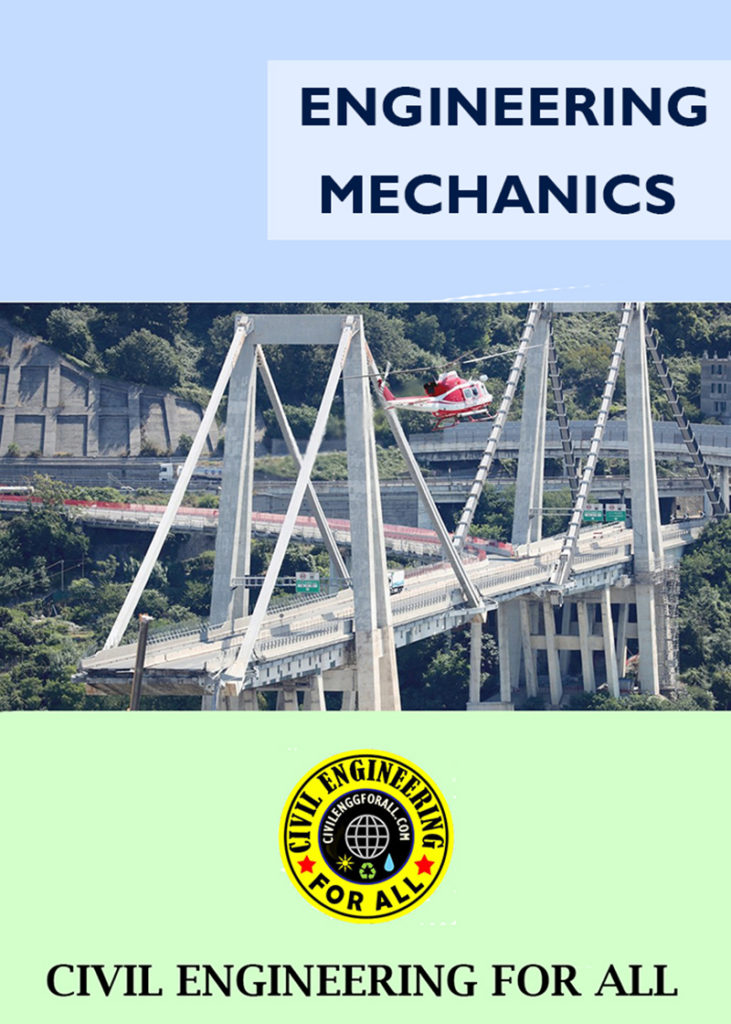
WHAT EXACTLY IS ENGINEERING MECHANICS?
The subject of Engineering Mechanics is that branch of Applied Science, which deals with the laws and principles of Mechanics, along with their applications to engineering problems. As a matter of fact, knowledge of Engineering Mechanics is very essential for an engineer in planning, designing and construction of his various types of structures and machines. In order to take up his job more skilfully, an engineer must pursue the study of Engineering Mechanics in a most systematic and scientific manner.
STRENGTH OF MATERIALS IES MASTER GATE MATERIAL : CLICK HERE
DIVISIONS OF ENGINEERING MECHANICS
The subject of Engineering Mechanics may be divided into the following two main groups: 1. Statics, and 2. Dynamics.
STATICS
It is that branch of Engineering Mechanics, which deals with the forces and their effects, while acting upon the bodies at rest.
DYNAMICS
It is that branch of Engineering Mechanics, which deals with the forces and their effects, while acting upon the bodies in motion. The subject of Dynamics may be further sub-divided into the following two branches – 1. Kinetics, and 2. Kinematics.
KINETICS
It is the branch of Dynamics, which deals with the bodies in motion due to the application of forces.
KINEMATICS
It is that branch of Dynamics, which deals with the bodies in motion, without any reference to the forces which are responsible for the motion.
STRENGTH OF MATERIALS ACE GATE MATERIAL : CLICK HERE
EFFECTS OF A FORCE
A force may produce the following effects in a body, on which it acts :
- It may change the motion of a body. i.e. if a body is at rest, the force may set it in motion. And if the body is already in motion, the force may accelerate it.
- It may retard the motion of a body.
- It may retard the forces, already acting on a body, thus bringing it to rest or in equilibrium.
- It may give rise to the internal stresses in the body, on which it acts.
CHARACTERISTICS OF A FORCE
In order to determine the effects of a force, acting on a body, we must know the following characteristics of a force :
- Magnitude of the force (i.e., 100 N, 50 N, 20 kN, 5 kN, etc.)
- The direction of the line, along which the force acts (i.e., along OX, OY, at 30° North of East etc.). It is also known as line of action of the force.
- Nature of the force (i.e., whether the force is push or pull). This is denoted by placing an arrow head on the line of action of the force.
- The point at which (or through which) the force acts on the body.
STRENGTH OF MATERIALS ACE GATE NOTES : CLICK HERE
SYSTEM OF FORCES
When two or more forces act on a body, they are called to form a system of forces. Following systems of forces are important from the subject point of view :
1. Coplanar forces – The forces, whose lines of action lie on the same plane, are known as coplanar forces.
2. Collinear forces – The forces, whose lines of action lie on the same line, are known as collinear forces.
3. Concurrent forces – The forces, which meet at one point, are known as concurrent forces. The concurrent forces may or may not be collinear.
4. Coplanar concurrent forces – The forces, which meet at one point and their lines of action also lie on the same plane, are known as coplanar concurrent forces.
5. Coplanar non-concurrent forces – The forces, which do not meet at one point, but their lines of action lie on the same plane, are known as coplanar non-concurrent forces.
6. Non-coplanar concurrent forces – The forces, which meet at one point, but their lines of action do not lie on the same plane, are known as non-coplanar concurrent forces.
7. Non-coplanar non-concurrent forces – The forces, which do not meet at one point and their lines of action do not lie on the same plane, are called non-coplanar non-concurrent forces.
STRENGTH OF MATERIALS MADE EASY GATE NOTES : CLICK HERE
LAWS FOR THE RESULTANT FORCE
The resultant force, of a given system of forces, may also be found out by the following laws :
1. Triangle law of forces. 2. Polygon law of forces.
TRIANGLE LAW OF FORCES
It states, “If two forces acting simultaneously on a particle, be represented in magnitude and direction by the two sides of a triangle, taken in order ; their resultant may be represented in magnitude and direction by the third side of the triangle, taken in opposite order.”

POLYGON LAW OF FORCES
It is an extension of Triangle Law of Forces for more than two forces, which states, “If a number of forces acting simultaneously on a particle, be represented in magnitude and direction, by the sides of a polygon taken in order ; then the resultant of all these forces may be represented, in magnitude and direction, by the closing side of the polygon, taken in opposite order.”
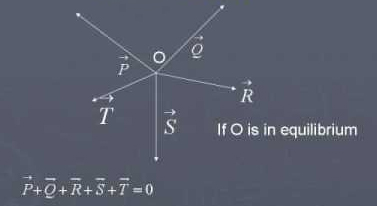
MOMENT OF A FORCE
It is the turning effect produced by a force, on the body, on which it acts. The moment of a force is equal to the product of the force and the perpendicular distance of the point, about which the moment is required and the line of action of the force
Mathematically, moment, M = P × l
where P = Force acting on the body,
l = Perpendicular distance between the point, about which the moment is required and the line of action of the force.
ENGINEERING MECHANICS TEXTBOOK BY CIVILENGGFORALL PDF
DOWNLOAD LINK : CLICK HERE
PASSWORD : CivilEnggForAll
OTHER USEFUL BOOKS
- TELANGANA STATE PUBLIC SERVICE COMMISSION – ASSISTANT ENGINEER 2023 – TSPSC AE 2023 CIVIL ENGINEERING EXAM SOLVED PAPER WITH EXPLANATIONS PDF FREE DOWNLOAD
- SSC JE 2023 CIVIL ENGINEERING (CPWD/CWC/MES) EXAM SOLVED PAPER PDF FREE DOWNLOAD
- BIHAR PUBLIC SERVICE COMMISSION ASSISTANT ENGINEER (BPSC AE) 2022 CIVIL ENGINEERING EXAM SOLVED PAPER WITH EXPLANATIONS PDF
- NHPC (NATIONAL HYDROELECTIC POWER CORPORATION) JUNIOR ENGINEER NHPC JE 2022 CIVIL ENGINEERING EXAM SOLVED PAPER PDF FREE DOWNLOAD
- ANDHRA PRADESH PUBLIC SERVICE COMMISSION (APPSC) – ASSISTANT EXECUTIVE ENGINEER (AEE) EXAM 2022 – SOLVED PAPER FREE DOWNLOAD PDF
